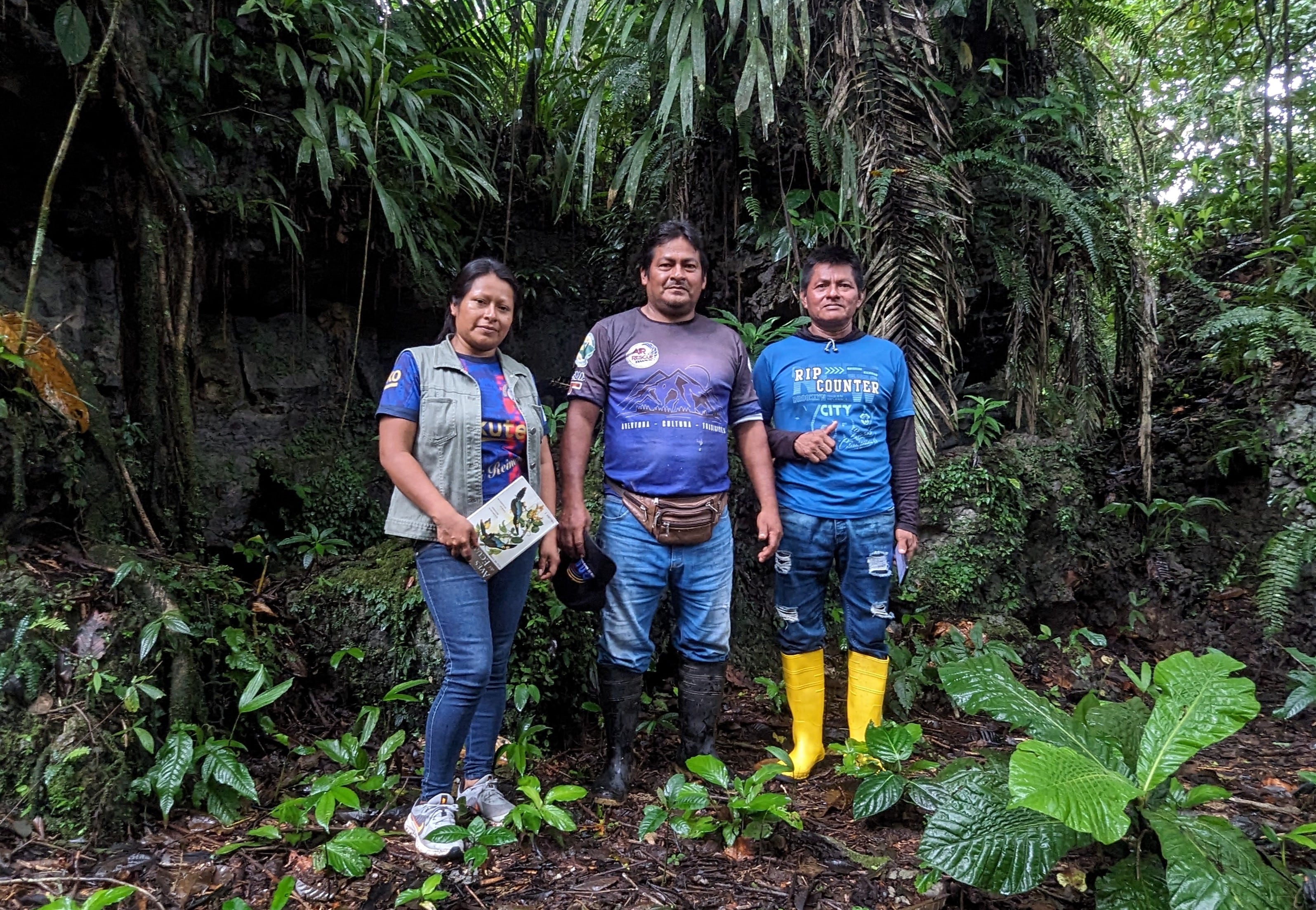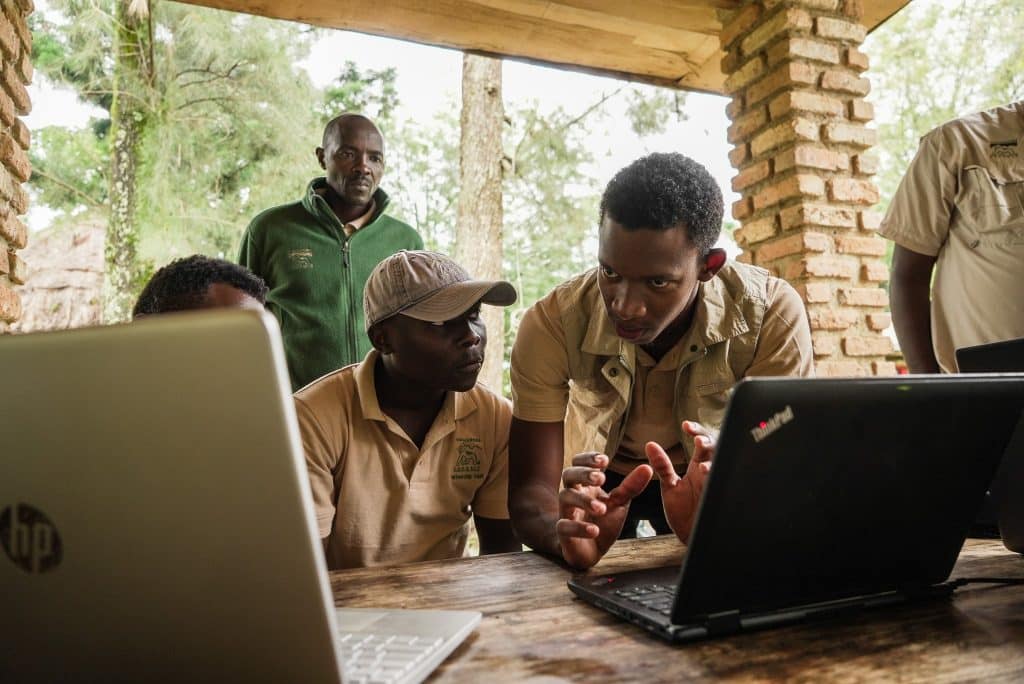A team of researchers from Northern Arizona University has highlighted how mobile technology and apps can enable more inclusive achievement of global conservation goals.
The paper, titled “Mobile Apps for 30×30 Equity” and published recently in Nature Sustainability, was authored by an NAU team including Duan Biggs, Olajos-Goslow Chair for Southwestern Environmental Science and Policy in NAU’s School of Earth and Sustainability; Jenna Keany, a Ph.D. candidate in ecological informatics; Camille Gaillard, a postdoctoral research scholar in NAU’s College of Engineering, Informatics, and Applied Sciences and others. It shows how two of conservation’s greatest challenges can be simultaneously addressed. By providing financial compensation to local individuals who monitor biodiversity and ecosystem datasets using mobile technology, the researchers found it’s possible to improve on-ground data while enhancing local support to the people who disproportionately bear the cost of conservation.
The researchers noted that 188 governments throughout the world have committed to conserving 30% of the Earth’s land and sea by 2030 as part of the Kunming-Montreal Global Biodiversity Framework, commonly referred to as 30×30. While this agreement is widely supported by conservationists, concerns remain about how governments will implement it, how targets will be monitored and the potential for detrimental economic and food security impacts to Indigenous Peoples and Local Communities (IPLCs).
“We have an opportunity to really transform benefits to people on the ground where conservation happens through the mechanisms we propose,” said Biggs, senior author of the study.

“Our paper addresses key issues in conservation and sustainability debates, namely that people in developing economies from the Global South pay the biggest price for conservation, but aside from ecotourism, benefit mechanisms to these people are still limited,” Gaillard said. “That is why we propose that data collection can be linked to payments for individuals who collect data.”
Biggs added that unemployment rates in areas of conservation concern in the Global South are high and people are desperate for economic opportunities.
“Our paper provides a framework to address this challenge and improve data quality and collection, which will help us know whether our conservation targets are being achieved.”
Biggs believes that to date, not enough has been done to get real benefits to communities where conservation happens. “More development work and pilot initiatives are urgently needed to take this idea forward, and time is short to start doing so given global commitments to the 30×30 conservation goals.”
Keany said that she finds the “truly interdisciplinary” nature of this work exciting. “Here at NAU, we have brought together computer science, ecological informatics and social science groups to develop an app that addresses multiple important global issues: poverty alleviation, conversation equity and tech. This would not have been possible without the ‘out-of-the-box’ thinking that NAU strives for.”



